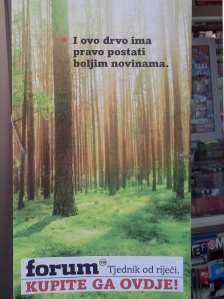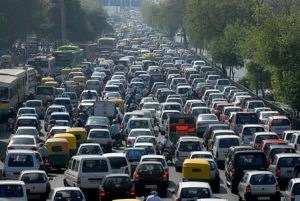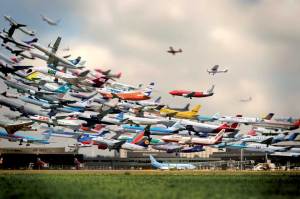
It is probably obvious that any police force has much more work than it could possibly handle: additional officers could write a few more jaywalking tickets, others could be at a radar speed check, one could handle the theft of a few kilograms of flour from the local grocery shop and so on. It is therefore clear that it has to prioritise, evaluate which laws get broken, what kind of impact that has on society and deploy its officers so that it maximises the beneficial effect on society. That is the police’s only purpose.
Now, if the police were to send all its people out into the streets to fine whoever they can catch jaywalking, people would (rightfully) be quite disappointed and frustrated with the way the police force is transforming public money into very little of value. Normally, the police force – including traffic police – is busy with more important work, so they send officers to crash sites, catch speeders on highways and so on, but recently, for reasons only they know, they have decided to regularly, frequently and in large numbers fine cyclists cycling on footways.
Now, the regulation is completely clear and Nastavi čitati “Traffic Police in Search of Something To Do”



